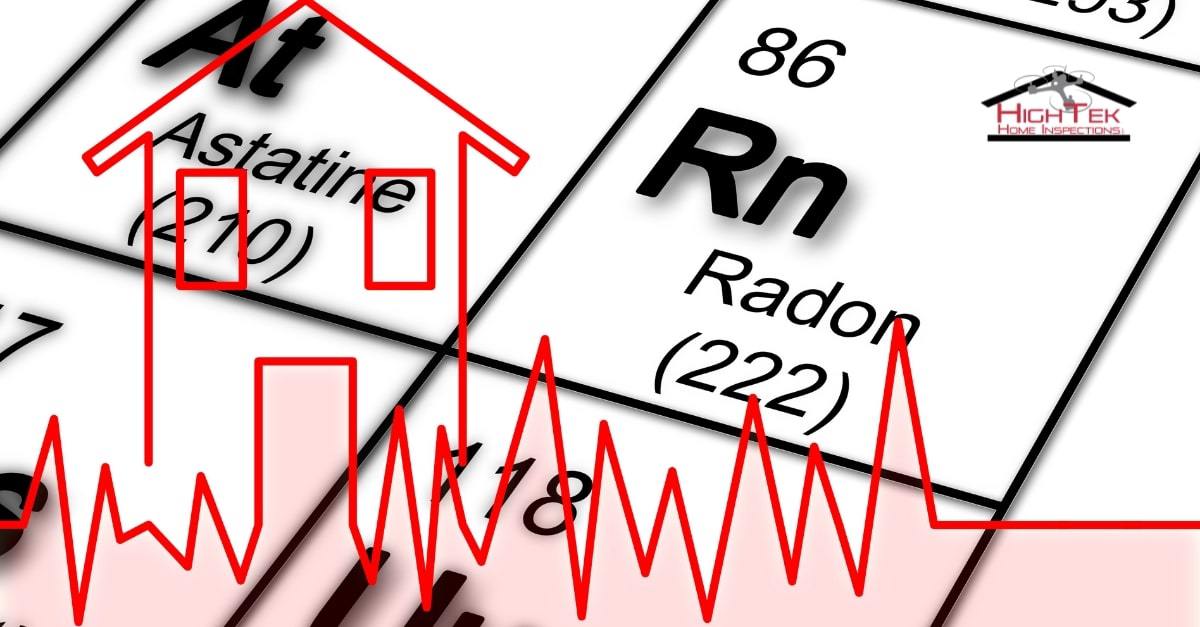You’re probably well aware of the dangers that smoke and carbon monoxide pose, but how much do you know about radon? All homeowners should be aware of radon, including the health risks of prolonged exposure and the ways to determine your home’s levels. Here’s what you need to know:
What Is Radon?
Radon is a radioactive, colorless, odorless gas that’s commonly found in soils around the world. The decay of uranium naturally produces radon which then enters the soil and eventually the air we breathe.
Extremely low levels of radon are commonly present in the air and pose no threat to our health. Radon only becomes a problem when it gets trapped, causing people to breathe in high levels of it.
What Are The Risks Of Radon Exposure?
Though low levels of radon are harmless, prolonged exposure to high levels of radon can cause serious health problems. Specifically, when someone breathes in high levels of radon, it enters the lungs and can damage the DNA, leading to an increased risk of cancer.
The Environmental Protection Agency estimates that more than 20,000 people die of lung cancer related to radon exposure every year. A person’s exact risk level will depend on the exact amount of exposure and other risk factors, like whether they smoke or have been exposed to other pollutants.
Simply put, though, radon is dangerous and not something you want to mess around with.
How Does Radon Get In A House?
Radon enters homes unnoticed through walls, windows, pores in the foundation, and other entry pathways like well water. Once it’s in your home, the radon often gets trapped. At that point, the level of radon in the home increases, possibly above the acceptable level.
How Do I Know My Home’s Level?
Having an elevated radon level in your home is more common than you might think. About 1 in 15 homes have elevated radon levels, according to the EPA.
The EPA has set the acceptable radon level in a home at 4 pCi/L (picocuries of radon per liter of air). What’s your home’s level? If you don’t know, schedule your radon inspection today with HighTek Home Inspections!
What Happens If Your Home’s Radon Level Is Too High?
If once you determine your home’s radon level, you see that it’s above the EPA’s recommended limit, you should take action to reduce the radon level immediately. You don’t need to panic but you shouldn’t delay, either.
One of your options is to install a removal system that vents radon gas out of the house. This can get rid of up to 99 percent of the radon in your home. Another option is to get a radon specialist to seal off entry points to stop radon from entering your home in the first place.
Given the potential dangers of high radon levels, it’s important to know what the level of radon is in your home. Contact HighTek Home Inspections to schedule your inspection today. For more tips and our latest updates, follow us on Facebook, Twitter, LinkedIn, Pinterest, SPECTORA or Instagram.


